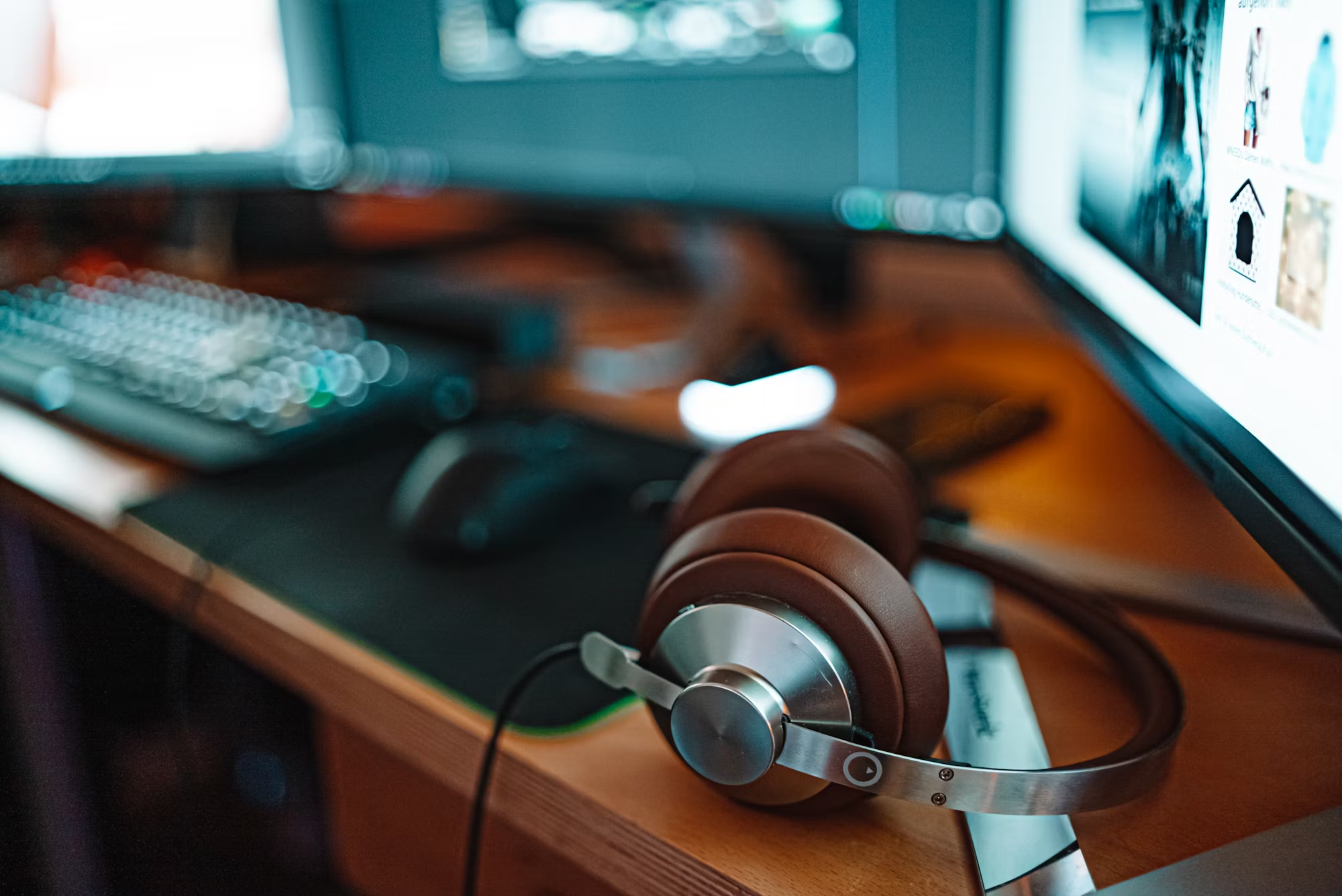Headphones have come a long way since their inception, evolving into essential tools for music lovers, professionals, and casual listeners alike. Their journey from simple acoustic devices to sophisticated audio equipment reflects not only technological advancements but also changes in consumer habits and lifestyle. In this article, we will explore the evolution of headphones, the diverse types available today, and their impact on the music industry and personal listening experiences.
The history of headphones dates back to the late 19th century when the first models were created for telephone operators. These early devices were bulky and primarily designed for utility rather than comfort or sound quality. As the 20th century progressed, headphones began to gain popularity among musicians and audiophiles, leading to significant improvements in design and performance. The introduction of dynamic drivers in the 1950s marked a turning point, allowing for richer sound reproduction and greater comfort.
With the advent of portable music players in the late 1970s and early 1980s, such as the Walkman, headphones became a mainstream accessory. This shift not only increased the demand for high-quality audio but also paved the way for various styles of headphones to emerge. As a result, manufacturers began producing headphones tailored for different uses, from studio monitoring to casual listening.
Today, we have a multitude of headphone types that cater to diverse preferences and lifestyles. Understanding these types can help consumers make informed choices when selecting the right headphones for their needs. One of the most popular categories is over-ear headphones, which offer an immersive audio experience. These headphones envelop the ears and can be further divided into two subcategories: open-back and closed-back.
Open-back headphones are designed with perforated ear cups that allow air and sound to flow freely. This design creates a more natural and spacious soundstage, making them ideal for critical listening sessions in quiet environments. Audiophiles and professionals often favor open-back headphones for mixing and mastering, as they provide a more authentic representation of audio.
Conversely, closed-back headphones feature sealed ear cups that isolate sound, making them perfect for use in noisy environments. They prevent sound leakage, allowing users to enjoy their music without disturbing others. These headphones are often preferred by commuters and travelers who seek an escape from ambient noise.
On-ear headphones have also gained popularity, particularly for their balance between portability and sound quality. These headphones sit directly on the ears rather than around them, making them lighter and easier to transport. While they may not provide the same level of sound isolation as over-ear designs, they offer a decent listening experience for everyday use.
In-ear headphones, commonly referred to as earbuds, have transformed the way people consume music. These compact devices are lightweight and often come with a variety of tips for a customized fit. While they are convenient for casual listening, the sound quality can vary significantly between models. More advanced options, such as in-ear monitors (IEMs), fit snugly inside the ear canal and deliver superior sound isolation and audio fidelity. Musicians and sound engineers frequently use IEMs during performances and recording sessions, as they allow for clear monitoring of sound in loud environments.
The rise of wireless technology has further revolutionized the headphone market. Bluetooth headphones have become a staple for many consumers, providing the freedom to move without being tethered to a device. These headphones come in various styles, from over-ear to in-ear designs, catering to different preferences. The convenience of wireless listening has made them particularly popular among active individuals who enjoy workouts or outdoor activities.
True wireless earbuds take this convenience to the next level, eliminating all wires for a completely wireless experience. Each earbud operates independently, providing users with flexibility and comfort. These earbuds are perfect for those who lead busy lifestyles, offering a hassle-free option for music enjoyment on the go.
Noise-canceling headphones have also gained traction, particularly among travelers and commuters. By utilizing active noise-canceling technology, these headphones reduce ambient sounds, allowing users to immerse themselves in their favorite tracks without distractions. This feature is especially beneficial in crowded places, such as airplanes or busy urban environments, where external noise can detract from the listening experience.
In addition to these consumer-oriented designs, specialized headphones have emerged for gaming and fitness enthusiasts. Gaming headsets often come equipped with built-in microphones and enhanced sound features to create an immersive experience. These headsets allow gamers to communicate effectively with teammates while enjoying high-quality audio during gameplay.
Fitness headphones, on the other hand, are designed to withstand rigorous activities. Many are sweat-resistant or waterproof, ensuring durability during workouts. Features like ear hooks or secure fits help keep the headphones in place, providing comfort and reliability during physical activities.
As technology continues to advance, studio and professional headphones remain indispensable tools for audio engineers and musicians. These high-fidelity headphones prioritize accurate sound reproduction, allowing professionals to make critical decisions about mixes and recordings. They are designed to provide a true representation of sound, ensuring that music translates well across various playback systems.
Travel headphones have also become essential for frequent flyers and commuters. With features such as foldable designs, compact sizes, and noise-canceling capabilities, these headphones make long journeys more enjoyable. Travelers can enjoy movies or music without the disturbances of a bustling environment, creating a personal audio oasis.
In conclusion, the evolution of headphones reflects broader changes in technology and consumer habits. From their humble beginnings as utilitarian devices to the diverse and sophisticated options available today, headphones have become integral to the way we experience music. Whether you’re an audiophile seeking the best sound quality, a gamer looking for immersive audio, or a traveler wanting to escape the noise, there is a headphone type designed to meet your needs. As the industry continues to innovate, the future of headphones promises even more exciting advancements for all types of listeners.
